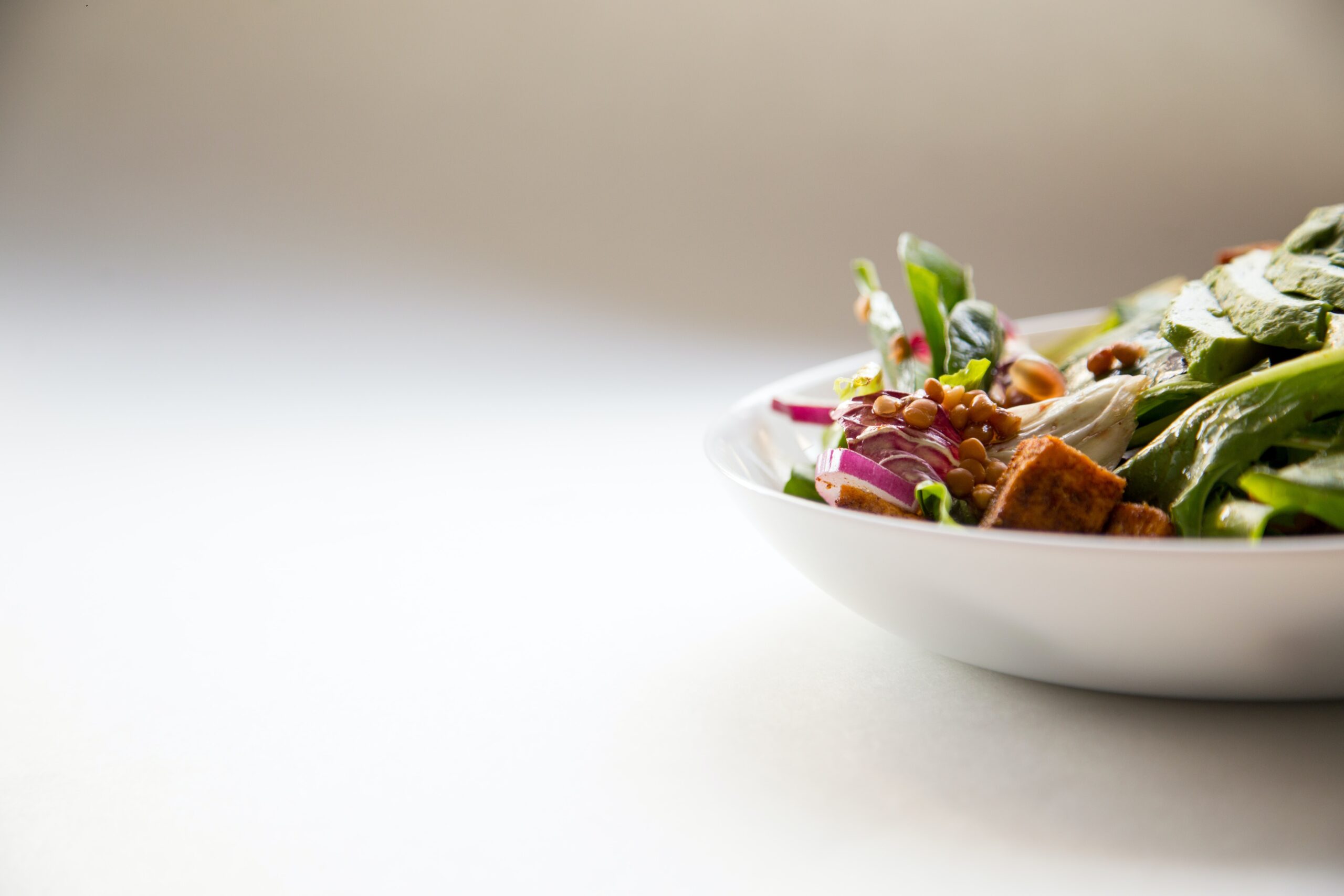This is a fall favorite of mine! Butternut squash is in season, and the spice of this meal has a way of warming you up from the inside while the air outside is getting colder.
The first time I made this I was in college. I had just gotten a food processor and was so excited to use it. On top of that, I had a thriving sage plant that I was able to include in this recipe. I didn’t realize at the time that I would be creating a lifelong favorite. Here are a few quick tips that will really help this recipe pop!
Butternut Squash

How to Choose a Butternut Squash
Squash is interesting because it really can look all the same, but for the best-tasting soup, you want to find one that is just the perfect amount of ripe. Underripe squash will be lacking in flavor, while overripe ones will be more dry.
The perfect butternut squash should be heavy for its size, hard, and should make a hollow sound when you knock on it. The skin should be a deep, rich hue and have a matte finish (shiny or waxy can mean it was picked too soon). Green spots or streaks are another sign that it isn’t ripe enough, but a light spot is not a concern as that is just where the squash was laying on the ground. Lastly, you want to look at the stem. You want an attached/intact stem that is a deep brown color and firm to the touch.
How to Know When YourButternut Squash is Done Cooking
Roasting a butternut squash leaves a lot of wiggle room, and since you are blending it up for a soup, the stakes are lower here. Still, undercooking your squash will leave you with less of its rich flavor, and overcooking it will make it more difficult to handle and runs the risk of burning.
When you think your squash may be done, you can test it by simply pricking the skin with a sharp knife. If it pierces easily, you’re good to go! If it’s still firm, give it another 5-10 minutes and test again.
Sage

I have found that this recipe really shines when fresh sage is used, not dried. Of course, if dried is all you have then it is better than nothing, but something about fresh just unlocks a whole different level of flavor. It is a simple plant to grow in a pot or outside in many climates, and it has pretty foliage that is soft to the touch. On top of that, sage is packed with antioxidants and high in several micronutrients. Having a plant on your counter might just encourage you to add it to other meals and boost the health value and flavor of those, too!
Roasted Butternut Squash Soup
Ingredients
- (4) pounds whole butternut squash (about 2 medium), halved lengthwise and seeds removed
- (3) Tbsp unsalted butter (¼ stick)
- (1) medium Granny Smith apple (about 8 ounces)
- (½) medium yellow onion
- (8) fresh sage leaves
- (2 ½) cups low-sodium vegetable broth
- (2) cups water
- (1 ½) tsp salt, plus more as needed
- (¼) tsp freshly ground black pepper, plus more as needed
- (½) cup heavy cream
Directions
- Heat the oven to 425°F and arrange a rack in the middle.
- Halve the butternut squash lengthwise and lay them face up on a parchment paper lined baking sheet.
- Melt (2) Tbsp of the butter and brush the surface of the squash halves. Season with salt and pepper to taste, then flip so the halves are cut side down.
- Roast for 30 to 40 minutes, until tender and cooked all the way through.
- Meanwhile, peel, core, and cut the apple into medium dice. Cut the onion into medium dice.
- Melt the remaining (1) Tbsp of butter in a large saucepan over medium heat. Add the apple, onion, and sage, season with salt and pepper, and cook, stirring occasionally, until softened, about 7 minutes. Remove the pan from the heat and set aside.
- Allow cooked squash to cool on a wire rack until it is safe to handle. Scoop the flesh into the saucepan with the sautéed apples and onions; discard (compost!) the skins.
- Add the broth, water, and measured salt and pepper; stir to combine, and bring to a boil over medium-high heat.
- Reduce the heat to medium low and simmer, stirring occasionally and breaking up any large pieces of squash, until the flavors meld, about 15 minutes. Remove the pan from the heat and stir in the cream.
- Using a blender or food processor, purée the soup in batches until smooth. Taste and season with additional salt and pepper as needed.






